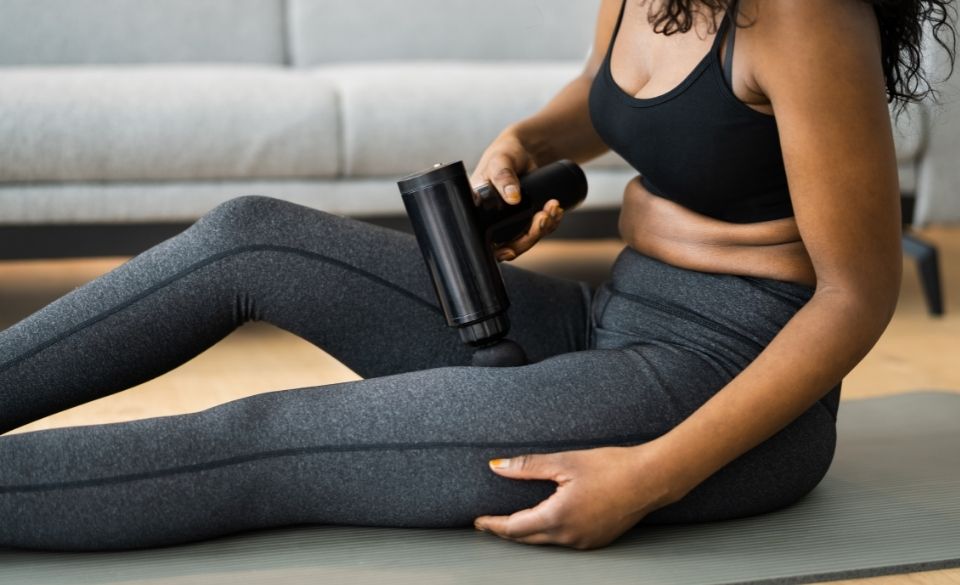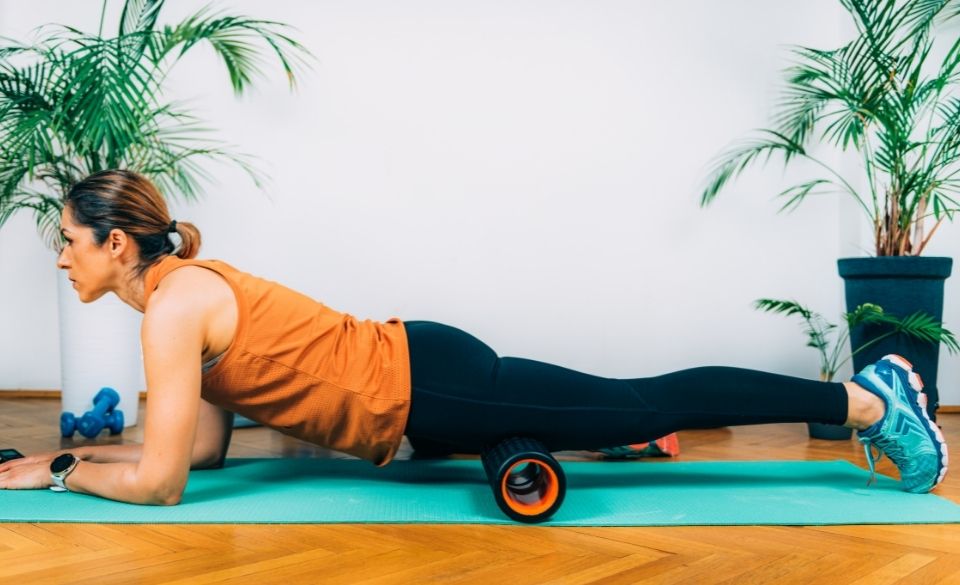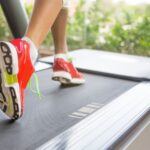
How To Relieve Sore Muscles Fast – Updated 2022
Page Contents
Even though sore muscles are generally part of exercising, it is one of the most unpleasant side effects. Depending on the duration and intensity of the workout, muscle soreness can come on in different at different levels. That is why it is important to know how to relieve sore muscles fast. This is so you can carry on with your day or continue to exercise the following day.
Unfortunately, not all levels of muscle soreness can be fixed overnight. However, you help reduce inflammation and pain by following some simple tricks included in this article.
But first, it is important to know what causes muscle soreness.
Muscle soreness after exercise is a sign that your muscle tissue is damaged, which is caused by micro-tearing. The body then initiates a repair process by creating inflammation in the injured area. Once the body starts to create inflammation, fluid accumulates in the muscles. This causes the injured area to become tight and often feel painful.
Damage to the muscles happens every time you exercise. Some workouts cause more than others. Hence why you may feel muscle soreness after certain types of workouts. In particular, high-intensity workouts and longer sessions are the ones that trigger soreness the most. However, a change of workout or movement can also cause muscle soreness.
How To Relieve Sore Muscles Fast?
Luckily if you experience sore muscles after exercise, there is a way you can learn how to relieve sore muscles fast. This involves combining multiple recovery methods 5-6 hours after your training.
First, start by icing your legs 5-6 hours after your workout. This can help reduce inflammation and relieve any pain you may have. You can do this by freezing water in a paper cup and then tearing off the top half of the cup. Once you have done this turn the cup upside down and start massaging the affected areas. Continue doing this for 10-15 minutes and focus on the injured area and the surrounding muscles.
A few hours after you have iced the affected areas. Start doing some self-massage. Start by slowly massaging the affected areas. This will help warm up the muscles.
Then once the muscles are warm, start applying more pressure to the muscle, and with the palm of your hand or thumb, apply even pressure towards the heart. If you find an area of tightness or muscle knots, place your thumb on the area and hold for 5 seconds then release. This will help relieve tension and break up any muscle knots.
It is important when doing self-massage, is not to go too deep. The muscles are already fatigued, so the idea is to help blood flow and relieve tension in the muscles.
Next, once you have iced your legs and performed self-massage, try to elevate your legs for a period of time. By elevating your legs you will help reduce swelling.
Last but not least is anti-inflammatory drugs (NSAIDS). If you are dealing with extreme muscle soreness, icing and self-massage might not be enough to relieve pain. That is when the use of NSAIDS can come into use. The use of NSAIDs can help improve recovery time and prevent strength loss and muscle soreness. However, they shouldn’t be used often and only keep for the days you are dealing with extreme muscle soreness.

How To Relieve Sore Muscles In Thighs?
Sore quadriceps after a workout is one of the most common muscle groups that deal with soreness, as they are almost always used during exercise. To relieve sore muscles in the thigh you can either ice or massage the area. Alternatively, foam rolling the quadriceps is a good way to relieve tension and reduce inflammation in the quadriceps region.
Just remember not to apply too much pressure when foam rolling and work in small areas at a time. That means increasing the distance you roll by 5cm at a time. That way you can control the intensity and force the blood flow to the heart.
Alternatively, the use of a muscle gun can work as well. However, it is important if you are training the following day, that you keep the setting low. This will prevent more damage to the muscles and prevent the muscle from recovering fast.
Just remember after any time of foam rolling or self-massage, follow up with some icing. Combining these two will speed up the removal of inflammation.
How To Get Rid of Sore Muscles Overnight?
Generally, most muscle soreness comes 12-24 hours after your last workout. That means most of the time muscle soreness won’t be felt until you wake up the next day. However, if you experience muscle soreness directly after your workout, following the R.I.C.E method (rest, ice, compression, and elevation) is the best way to relieve muscle soreness overnight.
Alternatively, muscle soreness in the calf muscles, hamstrings, and quadriceps can sometimes be relieved through the use of compression clothing while you sleep. This will help blood flow while you are asleep and help increase recovery time. Alternatively, NSAIDs can also help to relieve muscles overnight. However, you may find that not all muscle soreness will disappear. So it is wise to reduce the training the following day.
For the more experienced athlete, light exercise 5-6 hours after your workout can help relieve some of the soreness by promoting blood flow. Exercise like easy cycling, swimming, or yoga can be done in the evening if you had an early workout. If you have trained later in the day or evening, then this is usually not recommended, as you can’t provide enough recovery time between the two workouts.



